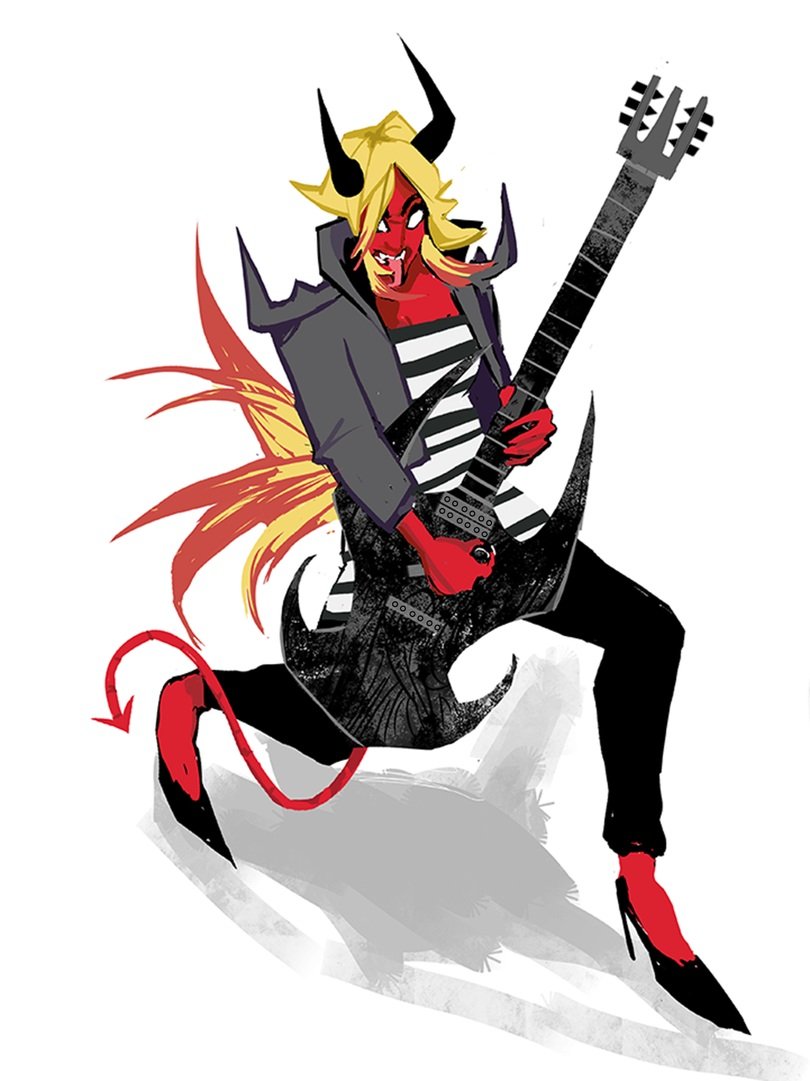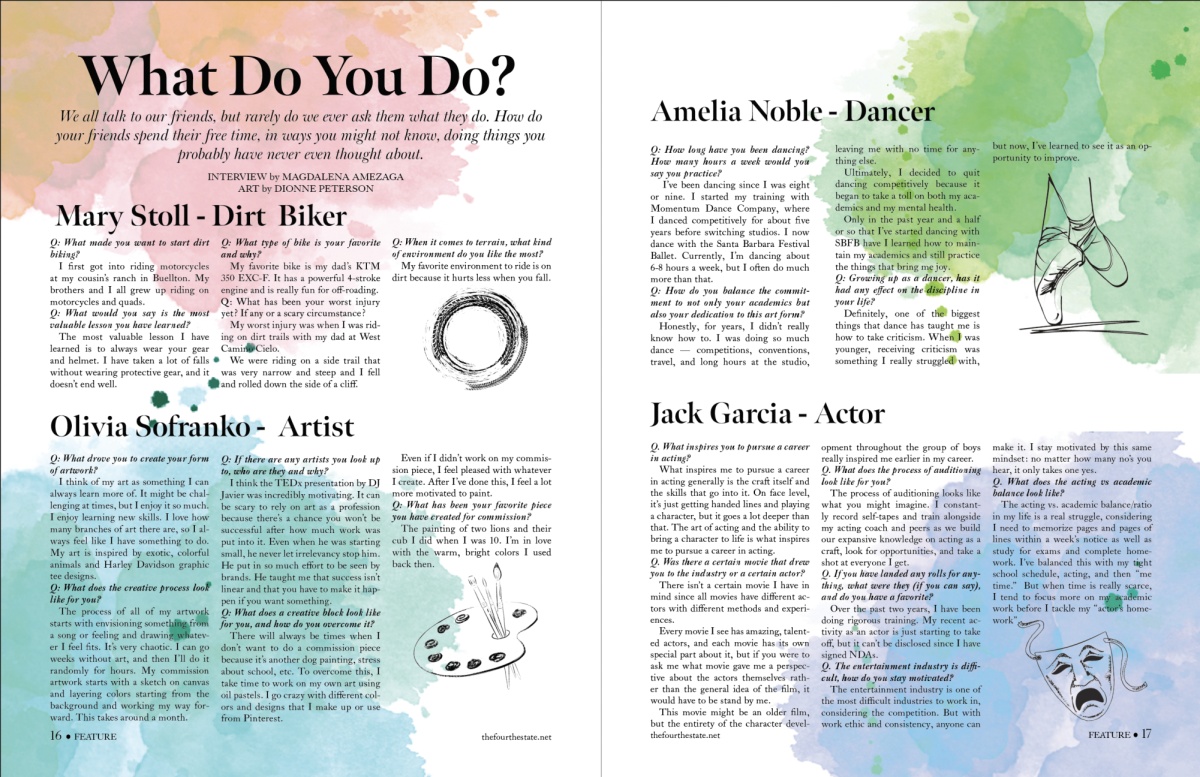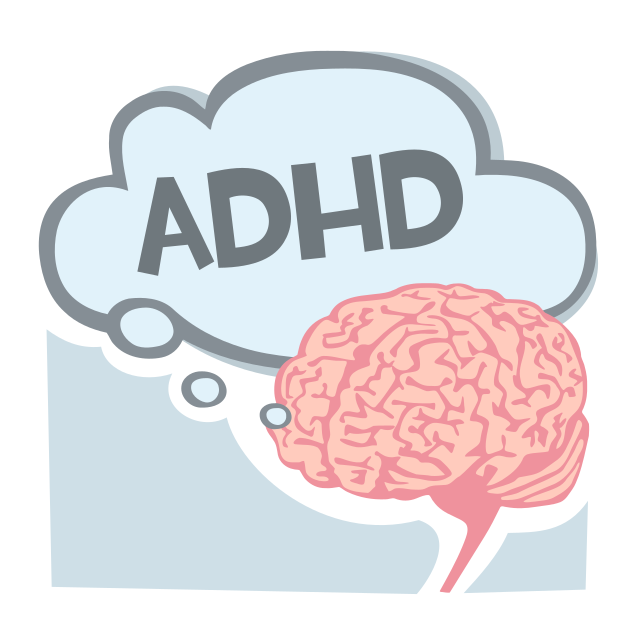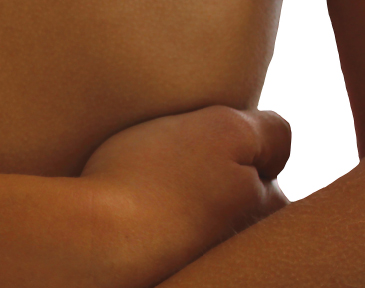 Putting on your seat belt is habitual. It always has been for our generation.
Putting on your seat belt is habitual. It always has been for our generation.
The cultural campaign of Gen. Y? Perhaps, a social movement towards not drinking and driving.
“Don’t drink and drive. Don’t get in the car with a driver who has been drinking. Period.”
It’s something, as high school seniors, we’ve heard more times than we can count.
According to a Vital Signs report by the Center for Disease Control and Prevention, in 2011, 10.3 percent of high school students 16 and older reported drinking and driving in the previous 30 days, compared with 22.3 percent in 1991.
The percentage of American high school students who drink and drive has dropped by more than half in two decades.
The CDC points to stricter laws against drunk driving and restrictions on teenagers’ driving privileges, like limits on the hours they may legally drive at night. Stricter laws and parental rules have undeniably been doing right.
Drinking and driving is becoming stigmatized. It’s looked down on. It’s not “cool” or “okay” among teenagers themselves.
Yes, because the legal consequences are formidable, but, more so, because the message is peer-enforced. Beginning in elementary school—before drinking was even a social concept to us and when driving wasn’t even on our radars, we participated in programs like Drug Abuse Resistance Education (DARE).
DARE is an international education program that has its kindergarten through sixth grade participants sign a pledge to not use drugs or join gangs.
As a result of programs like these installed in schools or the overwhelming number of organizations like Mothers Against Drunk Drivers (MADD) who advocate against drinking and driving through every media avenue available, we have never had to question if drinking and driving is “good” or “safe.” We simply have always known it to be bad. We knew that to be fact. 
Survey results, announced by the California Office of Traffic Safety in Nov. 2012, found that 14 percent of drivers surveyed tested positive for driving under the influence of drugs—both illegal and prescription—while 7.3 percent of drivers tested positive for driving with alcohol in their system.
And, of the drugs found in the systems of surveyed drivers, marijuana was the most prevalent, with 7.4 percent of drivers having it in their system. The impaired driving survey included more than 1,300 drivers.
“Drugged driving poses a serious threat to public safety,” Gil Kerlikowske, director of the Office of National Drug Control Policy, said in a statement.
When someone smokes marijuana, THC is absorbed by the lungs and into the bloodstream, which carries the THC to the brain and all other organs throughout the bloodstream.
According to the National Council on Alcoholism and Drug Dependence, Inc. (NCADD), the parts of the brain most affected include those that influence, “…concentration, sensory and time perception and coordinated movement.”
According to the Drug Abuse Warning Network (DAWN), in 2009 there were 376, 467 marijuana-involved admissions to hospital emergency rooms. Smoking marijuana and driving is a high risk activity. It’s a fact.









